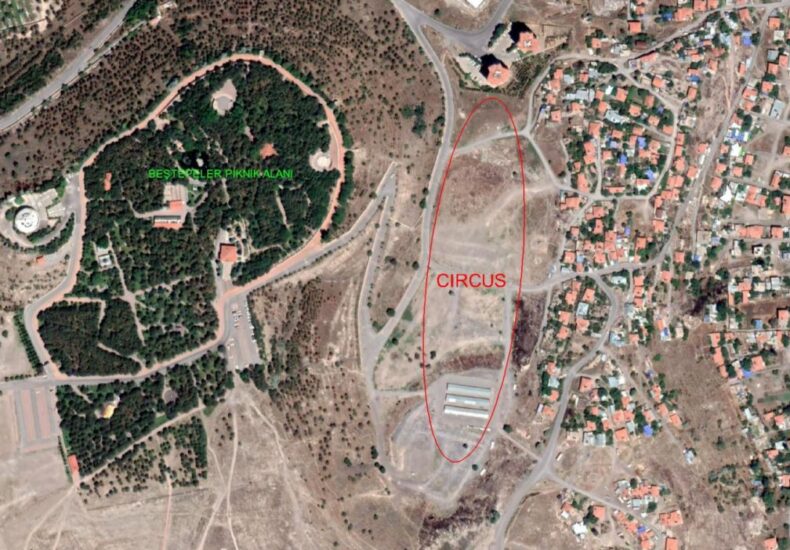
Third Roman Hippodrome in Anatolia Unearthed Beneath the City of Kayseri
Archaeological research conducted in central Türkiye has uncovered the remains of a Roman-era hippodrome beneath the modern city of Kayseri — marking the third known example of such a monumental structure in Anatolia. The discovery offers rare insight into the architectural and social fabric of ancient Caesarea, the capital of the Kingdom of Cappadocia and a key urban center of the Roman Empire.
The find was made during a multi-stage research project led by experts from the Kayseri Metropolitan Municipality, who combined historical cartography, travel records, and modern geophysical analysis to locate traces of the buried structure.
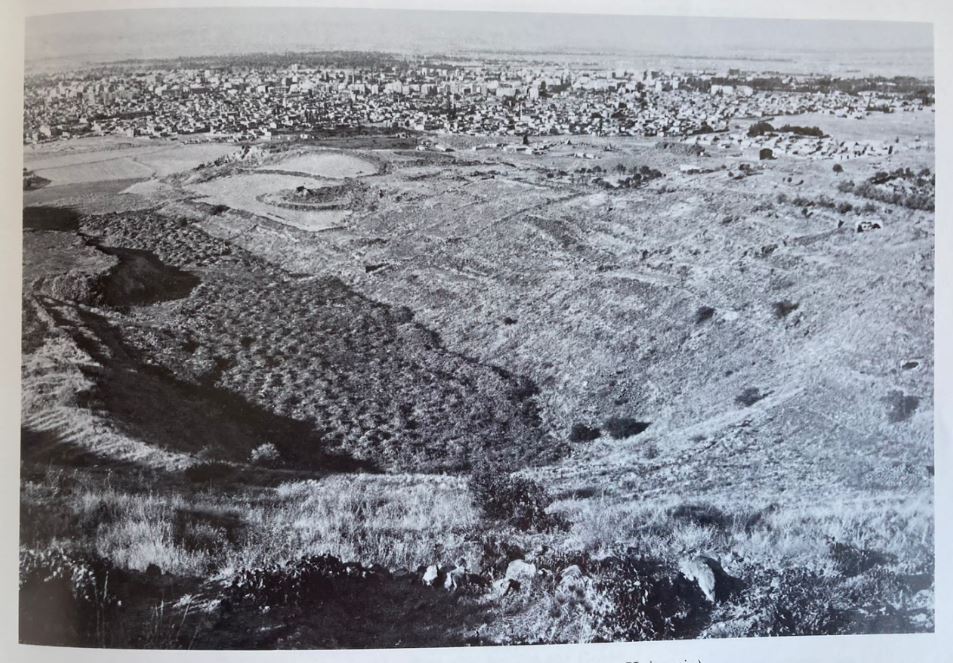
Early travel notes and maps — including those by Gregorios Bernardakis, Levides, Arşak Alboyacıyan, Vital Kunet, and Friedrich Hild — were carefully examined. Bernardakis’s 19th-century map notably depicts a structure labeled “Circus”, the Latin term for a Roman chariot-racing arena. By correlating this historical map with current aerial imagery, researchers identified the likely position of the ancient hippodrome.
Further analysis of orthophotos and historical aerial photographs obtained from the General Directorate of Mapping confirmed that the site had been used as a city landfill between the 1950s and 1980s, accumulating nearly 20 meters of fill material.
📣 Our WhatsApp channel is now LIVE! Stay up-to-date with the latest news and updates, just click here to follow us on WhatsApp and never miss a thing!!
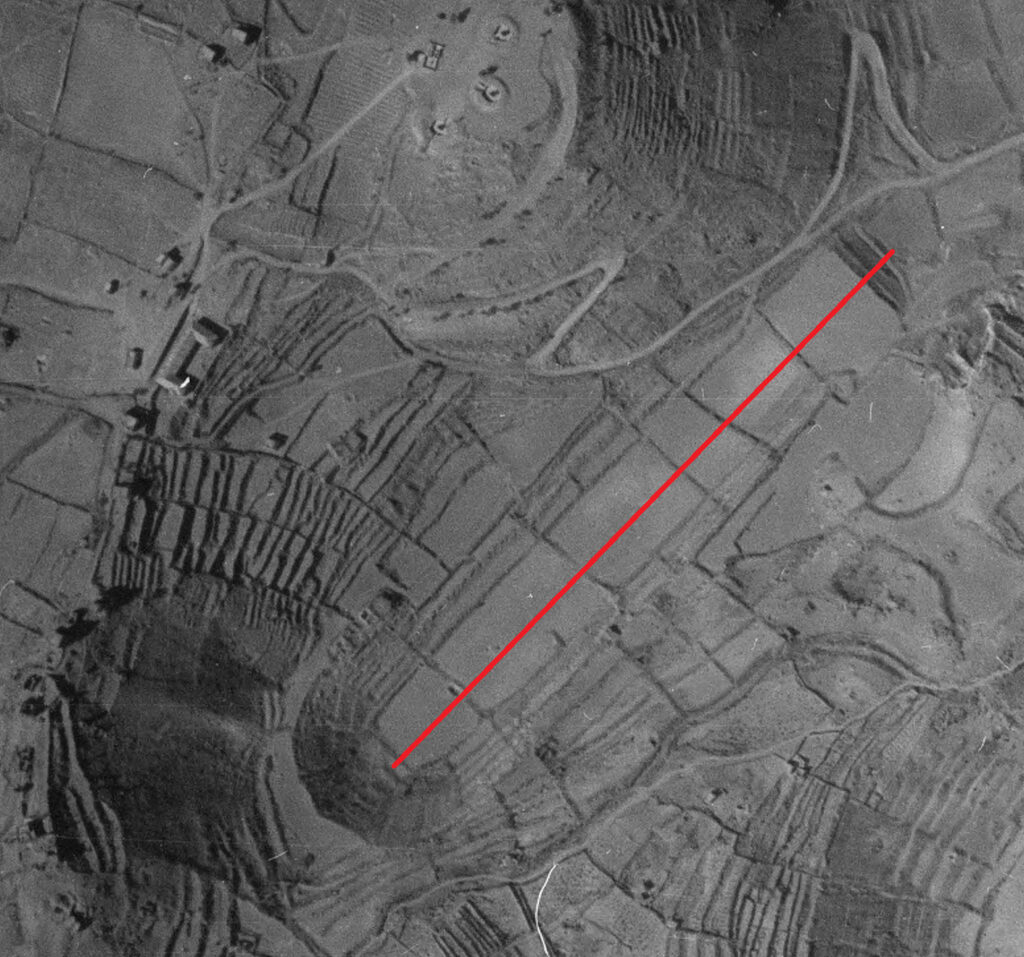
Following the directive of Kayseri Metropolitan Mayor Dr. Memduh Büyükkılıç, a series of archaeogeophysical surveys were conducted, conclusively revealing the presence of a large, elongated structure beneath the surface. Measurements suggest the hippodrome was approximately 450 meters long, placing it among the larger known examples of its kind in Roman Anatolia.
As a result, the Kayseri Regional Board for the Protection of Cultural Heritage officially designated the area as a third-degree archaeological site on September 25, 2025 (Decision No. 9093). Archaeologists are now preparing detailed stratigraphic and dating studies to determine the exact construction phase and use of the complex.
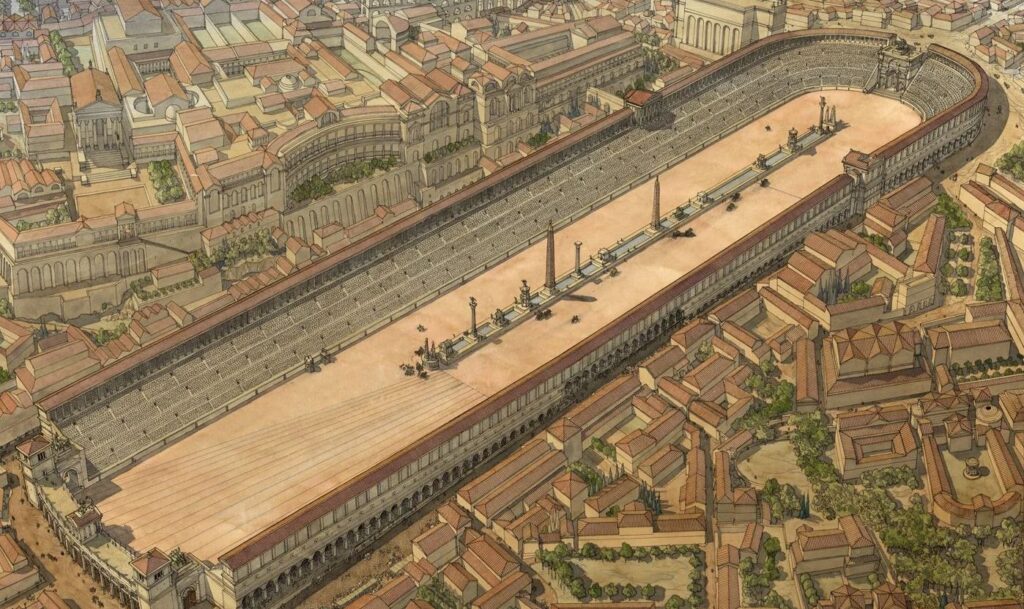
Historical Context:
The roots of modern Kayseri stretch back to the Hellenistic city of Mazaka, which was later moved and renamed Eusebia under the Ariarathid dynasty. When Cappadocia became a Roman province under Emperor Tiberius (14–37 CE), the city received the name Caesarea, becoming a key administrative and cultural hub of the region.
The discovery of a hippodrome beneath the city reveals that Caesarea, like other major Roman centers such as Antioch and Smyrna, hosted grand public entertainment venues reflecting the empire’s architectural ambition and civic life.
Cover Image: Kayseri Metropolitan Municipality
You may also like
- A 1700-year-old statue of Pan unearthed during the excavations at Polyeuktos in İstanbul
- The granary was found in the ancient city of Sebaste, founded by the first Roman emperor Augustus
- Donalar Kale Kapı Rock Tomb or Donalar Rock Tomb
- Theater emerges as works continue in ancient city of Perinthos
- Urartian King Argishti’s bronze shield revealed the name of an unknown country
- The religious center of Lycia, the ancient city of Letoon
- Who were the Luwians?
- A new study brings a fresh perspective on the Anatolian origin of the Indo-European languages
- Perhaps the oldest thermal treatment center in the world, which has been in continuous use for 2000 years -Basilica Therma Roman Bath or King’s Daughter-
- The largest synagogue of the ancient world, located in the ancient city of Sardis, is being restored

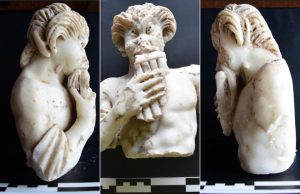
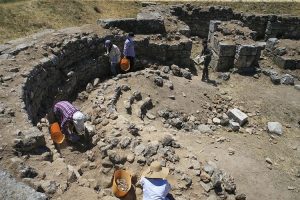
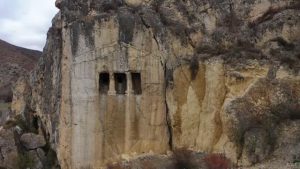
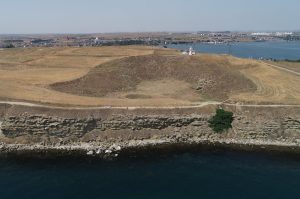
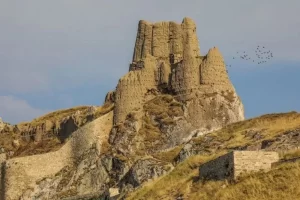
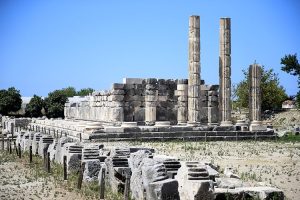
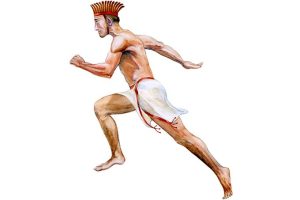

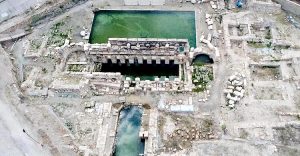
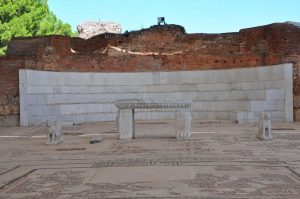
Leave a Reply